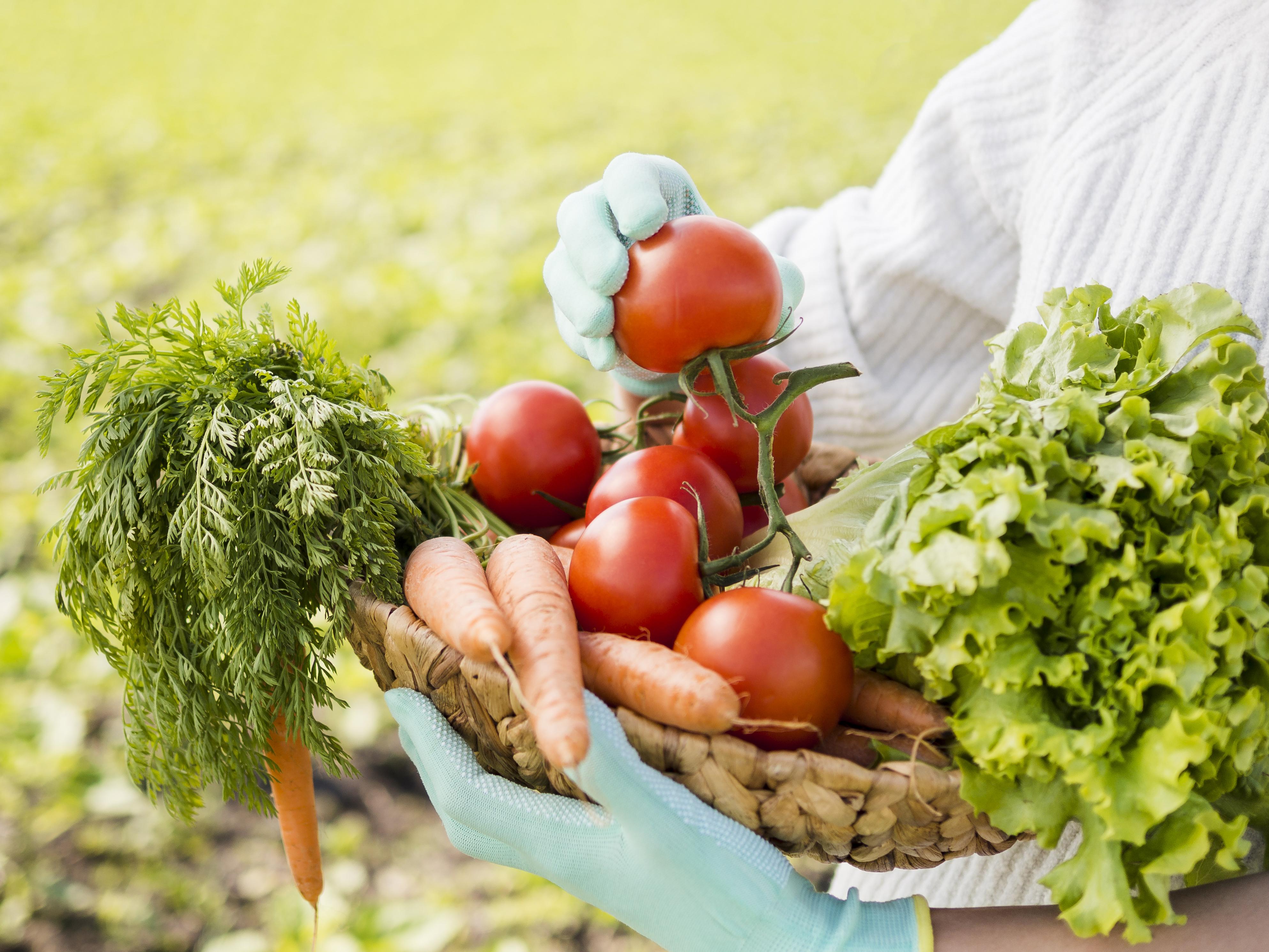Agriculture Farming
Agriculture Farming: An Overview
Agriculture farming is the practice of cultivating plants and raising animals to produce food, fiber, medicinal plants, and other products used to sustain and enhance human life. It is one of the oldest and most essential human activities, with roots tracing back to the dawn of civilization. Over millennia, agriculture has evolved from simple subsistence farming to a complex global industry involving diverse farming systems, advanced technologies, and sustainable practices.
Types of Agriculture Farming
Subsistence Farming:
- This type of farming is aimed at self-sufficiency, where farmers grow food primarily for their family's consumption. The surplus, if any, is sold in local markets. Common in developing countries, subsistence farming is characterized by small landholdings and traditional methods.
Commercial Farming:
- Commercial farming focuses on the large-scale production of crops and livestock for sale in markets, both domestic and international. It involves the use of modern technology, fertilizers, pesticides, and high-yielding varieties of crops to maximize production.
Organic Farming:
- Organic farming is a method of farming that relies on natural processes and materials to grow crops and raise animals. It avoids synthetic chemicals, fertilizers, and genetically modified organisms (GMOs). Instead, it emphasizes crop rotation, green manure, compost, biological pest control, and organic fertilizers.
Industrial Farming:
- Industrial farming, also known as agribusiness, involves large-scale operations that use mechanization, intensive monoculture, and the application of advanced technologies. It is highly productive but often criticized for its environmental impact, including soil degradation, loss of biodiversity, and pollution.
Mixed Farming:
- Mixed farming integrates both crop cultivation and livestock rearing on the same farm. This system allows for the efficient use of resources, as waste from one component can be used to benefit another. For example, animal manure is used to fertilize crops, while crop residues feed livestock.
Sustainable Farming:
- Sustainable farming focuses on practices that protect the environment, public health, and animal welfare while ensuring farm profitability. It includes techniques like agroforestry, conservation tillage, integrated pest management, and water conservation.
Aquaculture:
- Aquaculture, or fish farming, involves the breeding and harvesting of fish, shellfish, and other aquatic organisms in controlled environments. It is one of the fastest-growing sectors in agriculture, providing a sustainable source of seafood.
Agroforestry:
- Agroforestry is a land management system that integrates trees and shrubs into agricultural landscapes. This practice enhances biodiversity, improves soil health, and provides additional income sources through the production of timber, fruits, and other tree products.
Key Components of Agriculture Farming
Soil Management:
- Soil is the foundation of agriculture. Effective soil management involves practices that maintain soil fertility, structure, and health. Techniques include crop rotation, cover cropping, and the use of organic matter to improve soil quality.
Water Management:
- Water is a critical resource in farming. Efficient irrigation systems, such as drip irrigation and rainwater harvesting, are used to conserve water. Proper water management ensures that crops receive the right amount of moisture without waste.
Crop Selection and Rotation:
- Selecting the right crops and rotating them over time helps maintain soil fertility and reduce pest and disease problems. Crop rotation involves alternating crops in a specific order to prevent soil depletion and control pests.
Pest and Disease Control:
- Integrated Pest Management (IPM) combines biological, cultural, and chemical methods to manage pests and diseases. The goal is to minimize the use of harmful pesticides while effectively protecting crops.
Livestock Management:
- Livestock farming involves raising animals for meat, milk, eggs, and other products. Proper management includes providing adequate nutrition, shelter, and healthcare to ensure the animals' well-being and productivity.
Harvesting and Post-Harvest Handling:
- The timing and method of harvesting are crucial to maintaining crop quality. Post-harvest handling includes processing, storage, and transportation, which are essential for preserving the quality of agricultural products and reducing losses.
Modern Agricultural Technologies
Precision Farming:
- Precision farming uses GPS, sensors, and data analytics to optimize field-level management regarding crop farming. This technology allows farmers to apply inputs like water, fertilizers, and pesticides more accurately and efficiently.
Biotechnology:
- Biotechnology involves the use of genetic engineering to develop crop varieties with desirable traits, such as pest resistance or improved nutritional content. It also includes the development of biofertilizers and biopesticides.
Mechanization:
- Mechanization involves the use of machinery to perform agricultural tasks, from plowing and planting to harvesting and processing. This reduces labor costs and increases efficiency.
Drones and Remote Sensing:
- Drones equipped with cameras and sensors can monitor crop health, assess field conditions, and even apply fertilizers and pesticides. Remote sensing technology provides valuable data for precision farming.
Hydroponics and Vertical Farming:
- Hydroponics is a method of growing plants without soil, using nutrient-rich water. Vertical farming involves growing crops in stacked layers, often in controlled indoor environments. Both methods are used to maximize space and resources, particularly in urban areas.
Challenges in Agriculture Farming
Climate Change:
- Climate change poses significant challenges to agriculture, including unpredictable weather patterns, extreme temperatures, and water scarcity. Farmers must adapt to these changes through resilient farming practices.
Soil Degradation:
- Intensive farming practices can lead to soil erosion, nutrient depletion, and loss of soil organic matter. Sustainable farming practices are essential to restore and maintain soil health.
Water Scarcity:
- In many regions, water scarcity is a growing concern. Efficient irrigation and water management practices are necessary to ensure that agriculture can continue to thrive in water-limited areas.
Market Access and Fair Prices:
- Small-scale farmers often struggle to access markets and receive fair prices for their products. Strengthening agricultural value chains and improving market access are critical to supporting farmers' livelihoods.
**Food Security:
